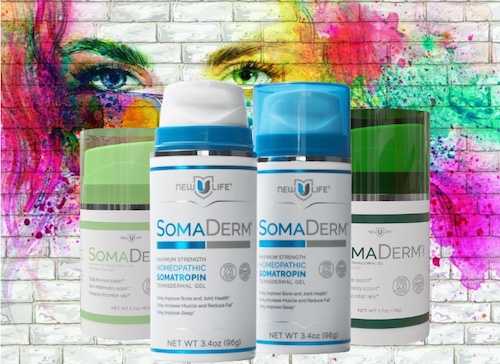Q: I’ve heard there are microplastics in tea bags. Is that true? How can I stay safe and still enjoy my favorite beverage?
Clothing, water bottles, takeout containers, cutting boards — it’s challenging to keep up with the growing number of items that expose us to tiny plastic particles.
Now some tea bags have joined the list. In a 2024 study, scientists found that brewing tea with a tea bag made from the plastic polypropylene released about 1.2 billion small pieces of plastic per milliliter of tea.
“That’s a fair amount,” said Mark R. Wiesner, a professor of civil and environmental engineering at Duke University.
But experts said that while it’s good to be cautious about microplastic exposure, there isn’t enough evidence to ditch your favorite tea just yet. We still don’t know how, or even if, these exposures can harm health.
Do all tea bags contain microplastics?
Tea bags are made from various types of material. Many are composed of paper (itself made from plant fibers like cellulose, wood and hemp) and flexible plastics (like nylon and polypropylene). Some tea bags are also made from a new kind of material called biodegradable plastics, like polylactic acid.
Tea bags made from paper will theoretically shed fewer (or no) microplastics when compared with plastic versions, said Hailey E. Hampson, a postdoctoral fellow who studies microplastics at the University of Southern California and the University of Washington. But it’s not always easy to figure out what your tea bag was made from.
Of the 12 tea companies we contacted for this article, six responded: Bigelow, Lipton, Twinings, Yogi, Traditional Medicinals and Stash. They all said that their tea bags were free of microplastics, mainly because they were made from paper or other plant-based materials.
However, even paper tea bags aren’t guaranteed to be plastic-free, Dr. Hampson said. Some may be sealed with flexible plastics like polypropylene, or have a plastic coating on the string.
In a 2021 study, researchers from Europe found plastic in five of six brands of tea bags they purchased in Ireland, four of which appeared to be made out of paper.
“There are lots of little hidden ways plastic can get into the tea bags,” Dr. Hampson said.
Will microplastics harm your health?
Microplastics can enter our blood and tissues from the food we eat and the air we breathe. “They’re not just going through the digestive tract and being excreted,” Dr. Hampson said. But figuring out if those exposures harm health has been challenging.
Scientists have found potential links between microplastic exposures and health conditions like inflammatory bowel disease, cardiovascular disease and cancer.
But these studies have limitations, and it’s unclear if the microplastics themselves caused these health effects, Dr. Hampson said. To figure that out, we would need randomized controlled trials, in which one group of people consumes microplastics and the other doesn’t. That would be unethical, Dr. Hampson said, since you can’t tell someone to swallow a substance that might harm them. So we must rely on these less rigorous studies.
In her own lab, Suzhao Li, an associate research professor of medicine and infectious disease at the University of Colorado, has found that when your body recognizes microplastics as foreign, your immune cells attack, causing inflammation. This might explain the potential links to inflammatory bowel disease or heart disease, Dr. Li said. But her research is still in its early stages.
“Microplastics are so new to the scientific field,” she said. “We just don’t know that much yet.”
How can you sip less plastic?
If you’re concerned about the risk of microplastics in tea bags, experts offered several ways to reduce your exposure.
Choose the right tea. Drinking loose-leaf tea is probably the best way to limit your exposure to microplastics. And while paper tea bags aren’t guaranteed to be plastic free, Dr. Hampson said, they’re probably a safer bet than plastic.
Consider a pre-wash. There’s some research suggesting that briefly soaking your tea bag in room temperature water, then discarding that water before brewing, can help reduce the microplastics in your tea, Dr. Hampson said. Rinsing the bag under running water might help remove some plastics, too, Dr. Wiesner said. Just be aware that this method might extract some of the flavor from your tea.
Avoid reheating your tea bag. When tea turns cold, it’s tempting to warm up your mug in the microwave or add more hot water to it. But if you do so with the tea bag still present, it could potentially release even more microplastics, Dr. Wiesner warned. If you need a warm-up, he suggested removing the tea bag first.
Try not to sweat it. If worrying about microplastics in tea is causing stress, think about other, easier ways to reduce your exposure, Dr. Li said. You might replace plastic cutting boards with wooden ones, or plastic food storage containers with glass versions.
“You shouldn’t over-worry about how many particles you’re drinking,” Dr. Li said, “especially if tea makes you happy.”

